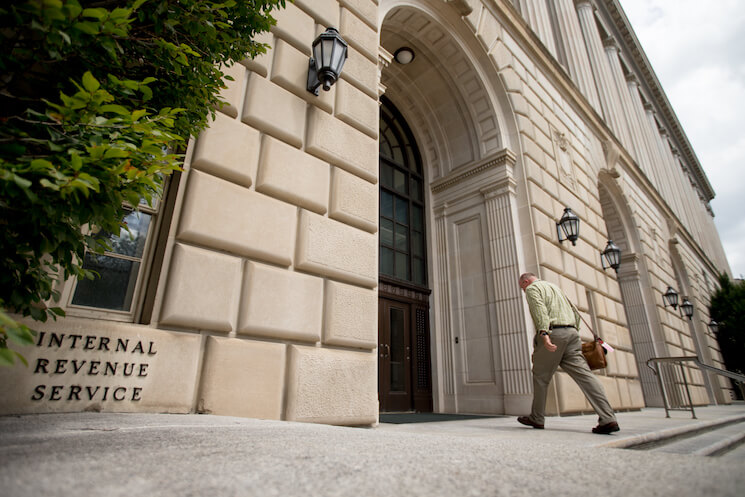What’s the problem a U.S. corporate tax cut will solve?

Pretty much the entire conversation around possible U.S. tax reform this year has been around the idea of introducing a border adjustment tax to the corporate income tax by taxing imports and offering a deduction for exports. But there’s a lot more going on in the proposals to overhaul corporate taxation, never mind the planned changes for the individual tax code.
The tax reform proposal from House Republicans would reduce the corporate rate from 35 percent to 20 percent and allow for the immediate and full expensing of capital investments. Both of these changes have been pitched as ways to boost business investment and overall economic growth. Given previous tax reform efforts and trends among corporations, policymakers should be skeptical that these changes will do much on the growth front.
Before turning to the reasons for skepticism, a quick note on how the corporate income tax interacts with investment decisions today. As Kyle Pomerleau of the Tax Foundation explains, the corporate tax can be separated into two pieces: a tax on net profits that will fall on shareholders and a tax on new investments, as capital outlays can’t be immediately written off. Whether capital (investors) or labor (workers) bear relatively more or less of that tax depends on whether investment decisions are affected much by the tax on new investments. The more of a response, the more the tax falls on labor, as less investment means lower productivity and lower wages.
If a lower corporate tax rate and the full expensing of investment can boost investment growth, then we’d expect not only higher growth but also higher wages as workers are more productive. Furthermore, as the tax wouldn’t affect investment decisions and potentially fall on labor, it would fall more on capital via the tax on net profits. Yet there’s reason to be skeptical that such reforms are going to lead to such positive changes.
First, the United States tried in the recent past to boost investment by reducing the cost of capital. During 2003, the federal government cut the tax rate on dividends to help spur investment. Research by Danny Yagan of the University of California-Berkeley, however, found no such impact. Neither investment nor employee compensation changed much in response to the dividend tax cut.
Even more questionable is the idea that the cost of capital is of much concern these days. Corporations can borrow at very low interest rates, but they have become net lenders to the rest of the economy. Corporations across high-income countries have boosted their savings rates since the early 1980s and haven’t boosted investment much. Research looking at the reason for this corporate savings glut haven’t pointed to tax rates but instead at increased business concentration and increased payouts to shareholders.
The dearth of business investment in the United States and across high-income countries is a troubling trend. Less investment means slower productivity growth and a poorer future as living standards can’t grow as quickly. Policymakers in the House should be applauded for wanting to give corporations a kick start. But their preferred method of motivation might not be as strong as they would like.

